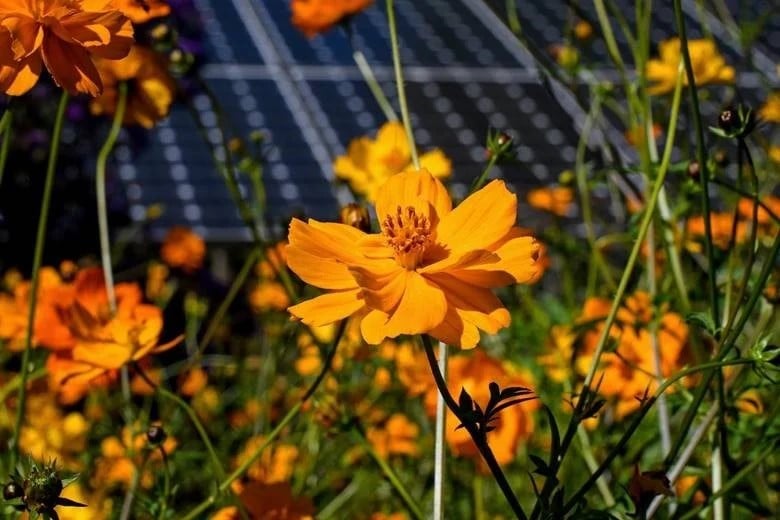
Understanding the effects on land and biodiversity caused by land-based renewables is far from straightforward, writes Tom Kenning for PV Tech Power.
In the latest issue of the PV Tech Power journal (Volume 42, Q2 2025), which is focused on how developers are engaging with the communities hosting solar power plants, a growing body of evidence that shows solar PV can have positive ecological impacts is explored.
The conversation around solar farms often lacks reliable data, leading to conflicting narratives. Scientists such as Alona Armstrong, professor in energy and environmental sciences at Lancaster University in the UK and director of the university’s Energy Lancaster research group, are working to provide solid data on the environmental trade-offs.
Armstrong’s team has digitised nearly all UK solar farms to quantify how much land they take up, how they are distributed throughout the country and the changes in land take through time.
“A scientific evidence base is critical to inform outcomes and reduce controversy,” says Armstrong.
Compared to conventional farmland, solar farms have been found to increase both the diversity and abundance of some plants, invertebrates and birds, as shown in a pioneering study carried out by Clarkson & Woods and Wychwood Biodiversity in 2016.
In contrast, if land was already managed for biodiversity, then solar developments might disrupt an existing ecosystem.
The full article, which appears in PV Tech Power volume 42, is available with a Premium subscription on PV Tech or Energy-Storage.news, or a Premium-Plus subscription to both paywalled sites.

